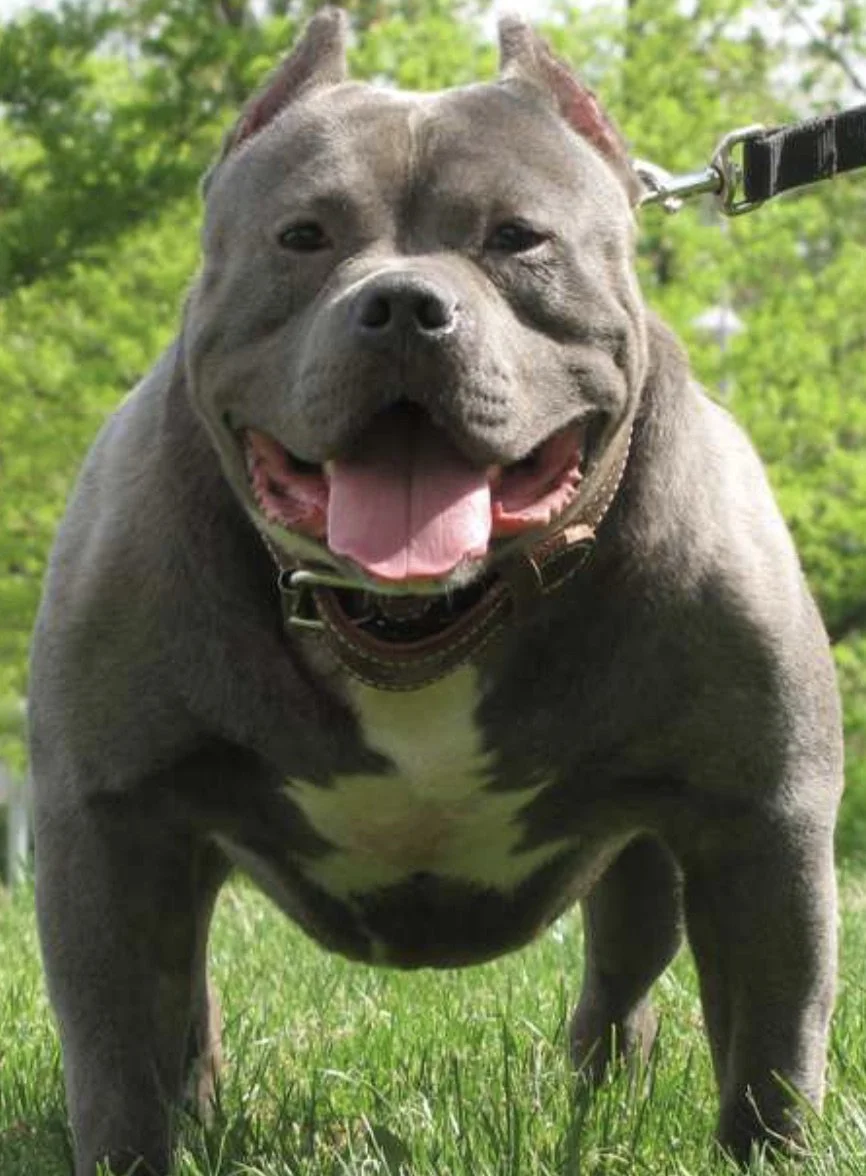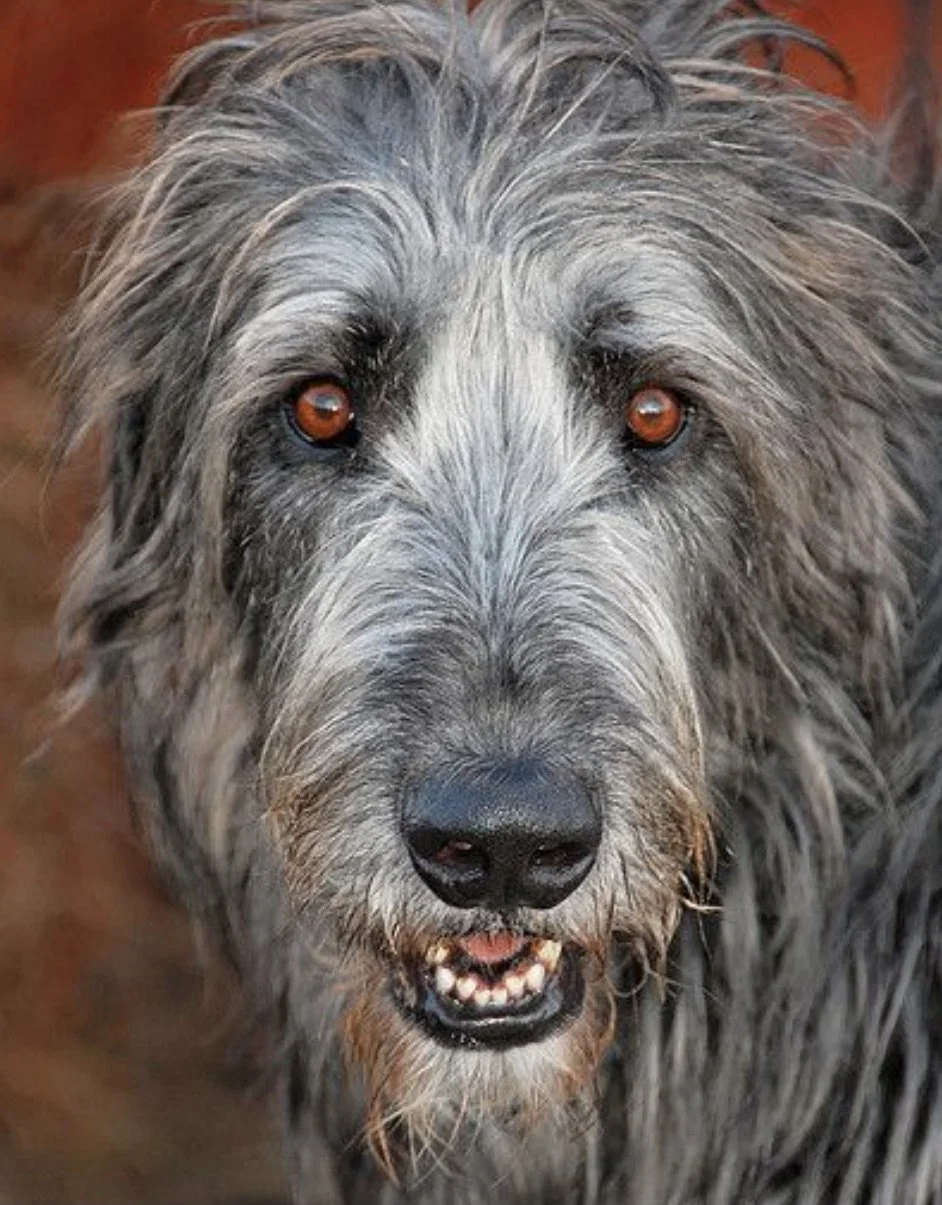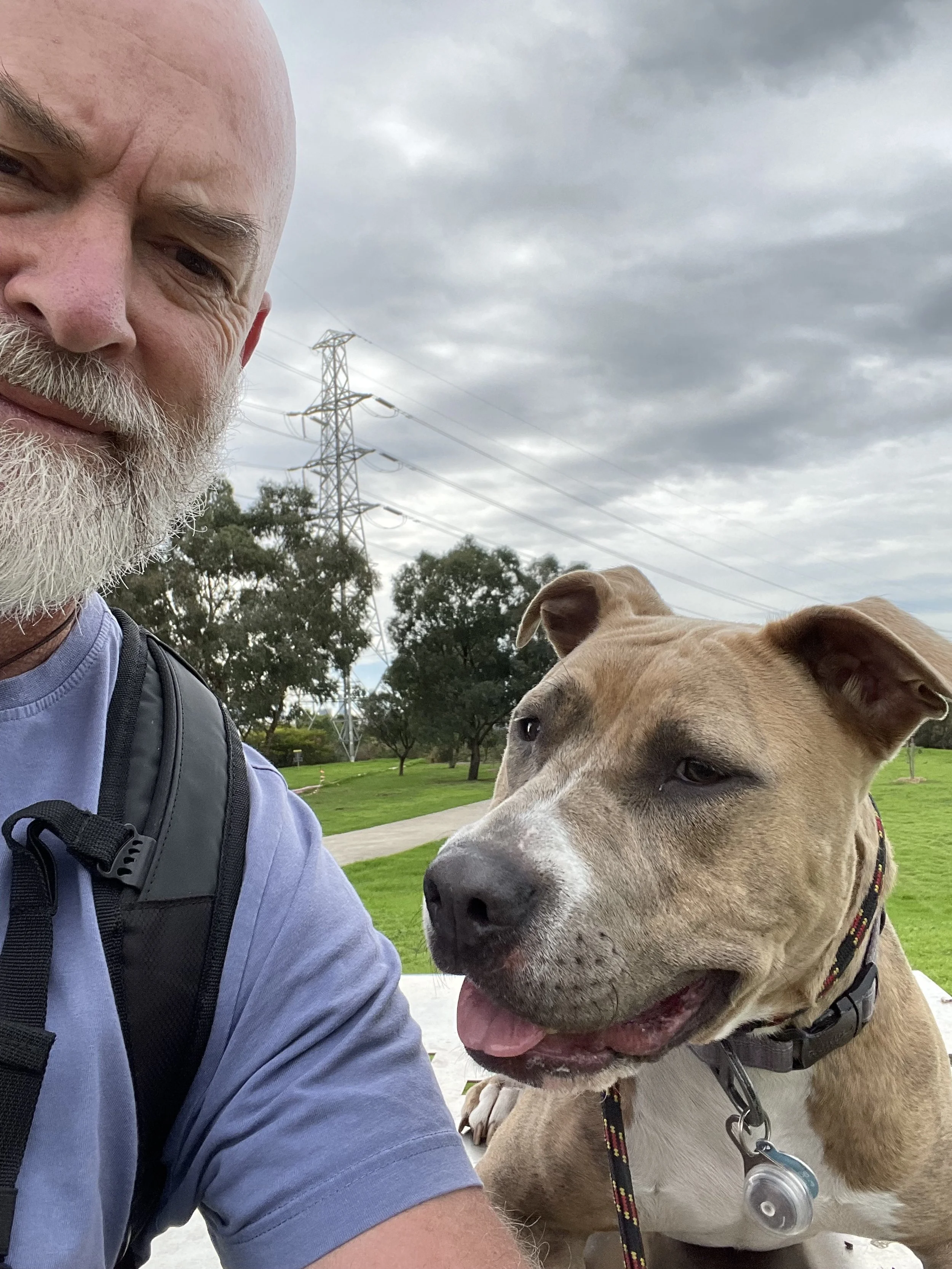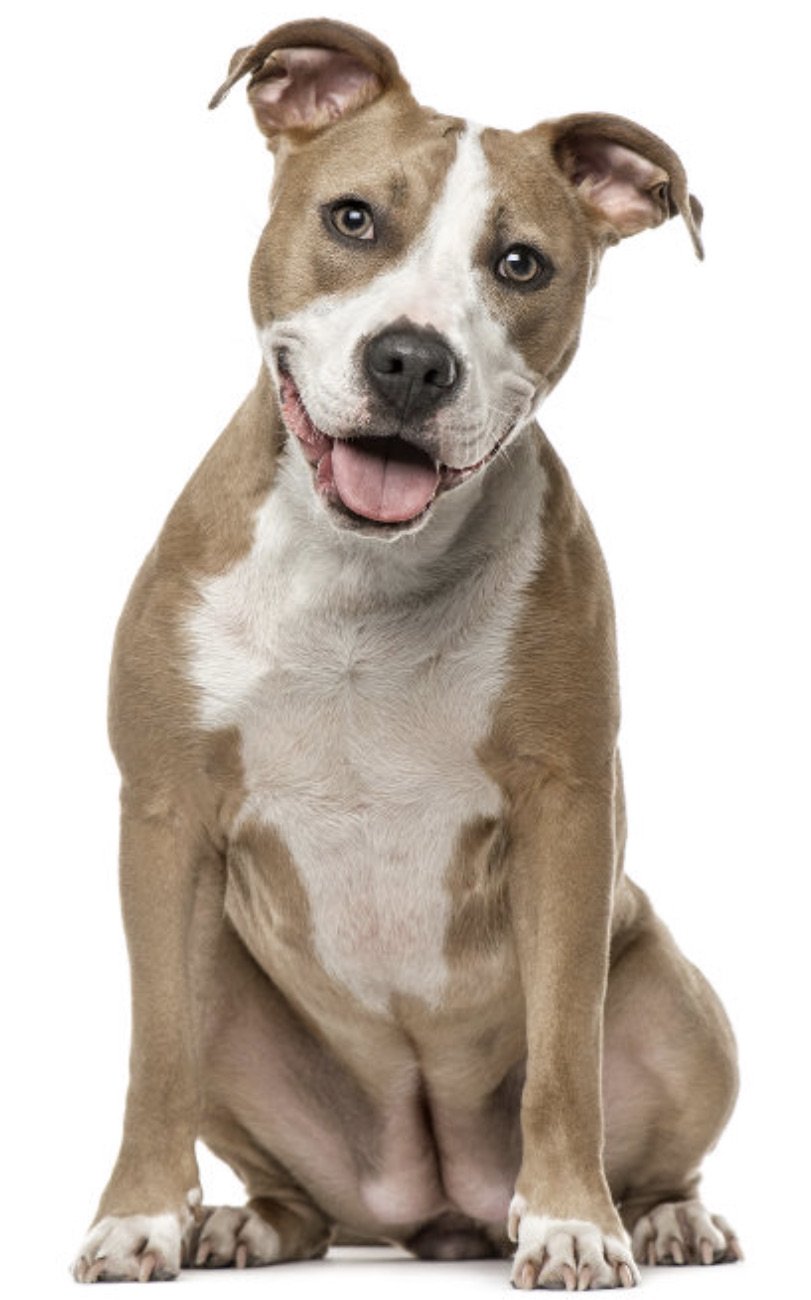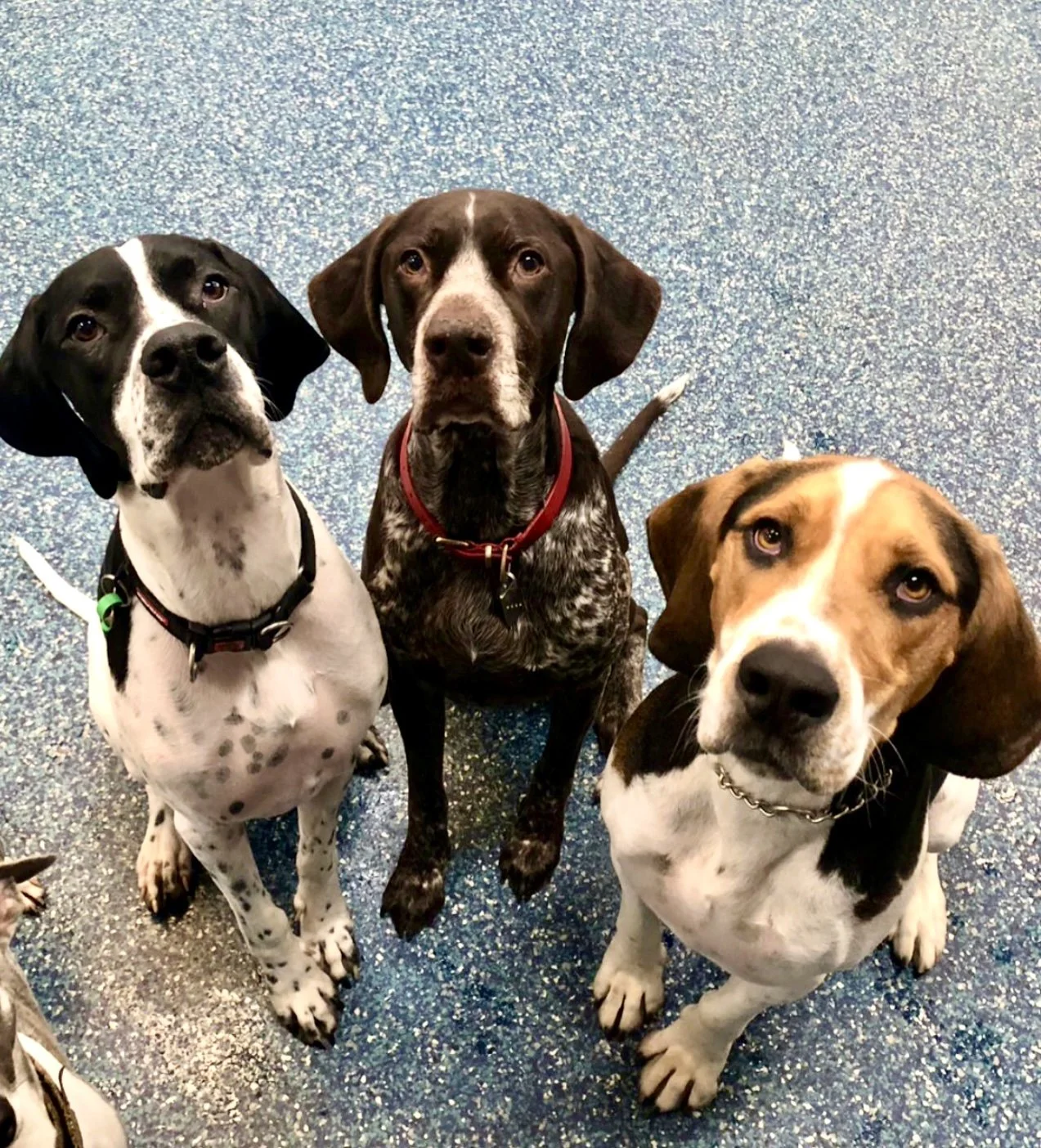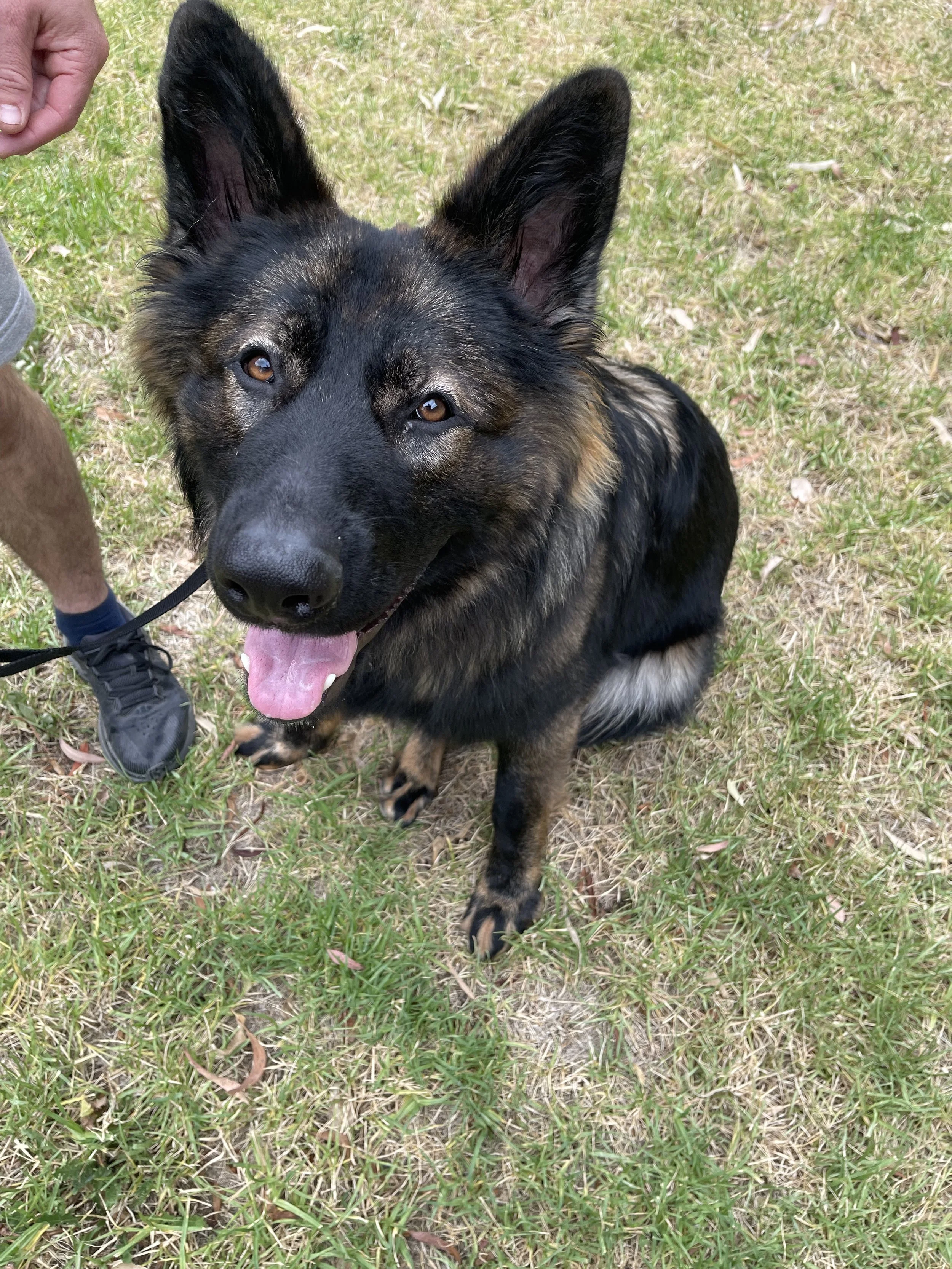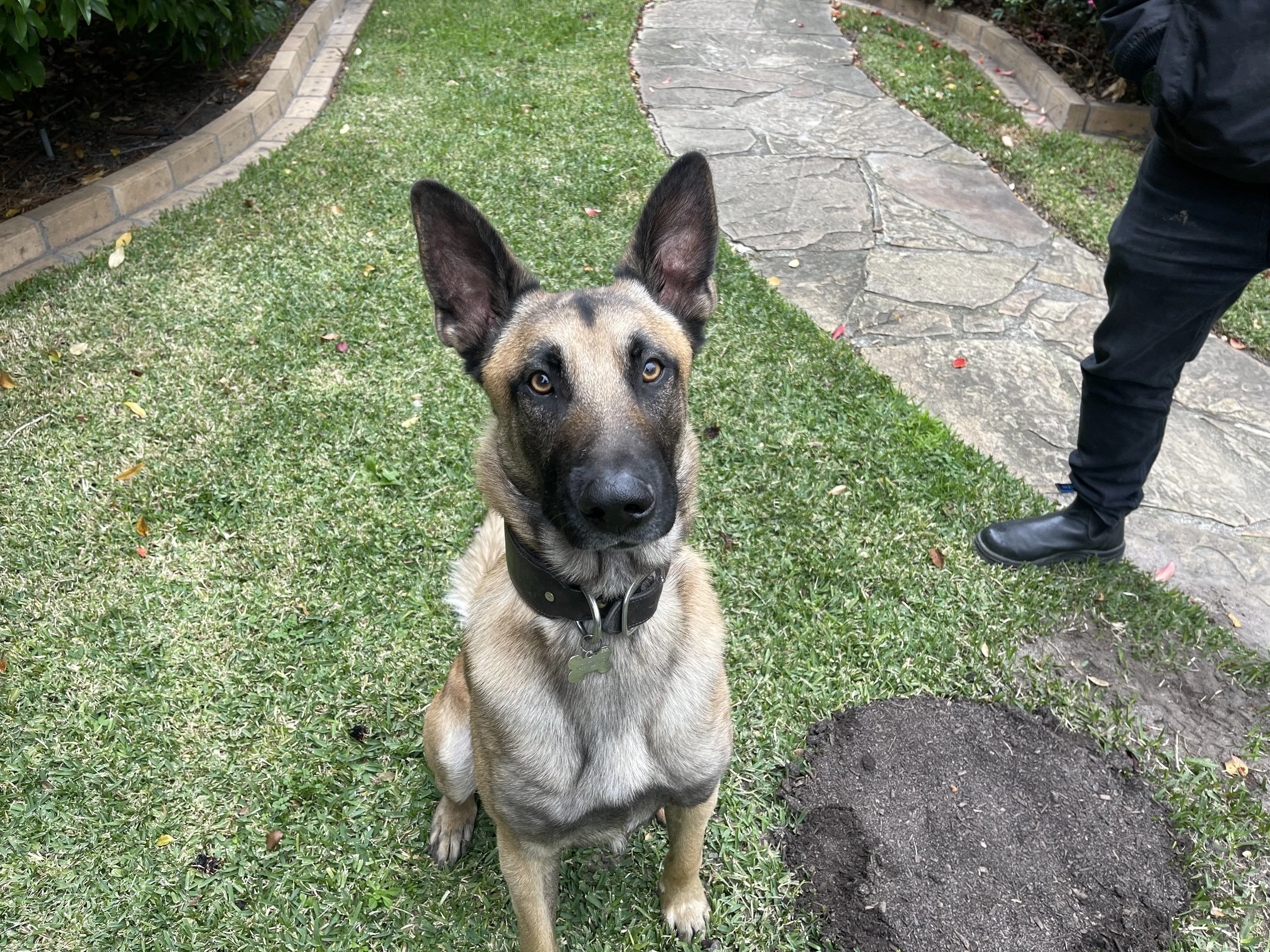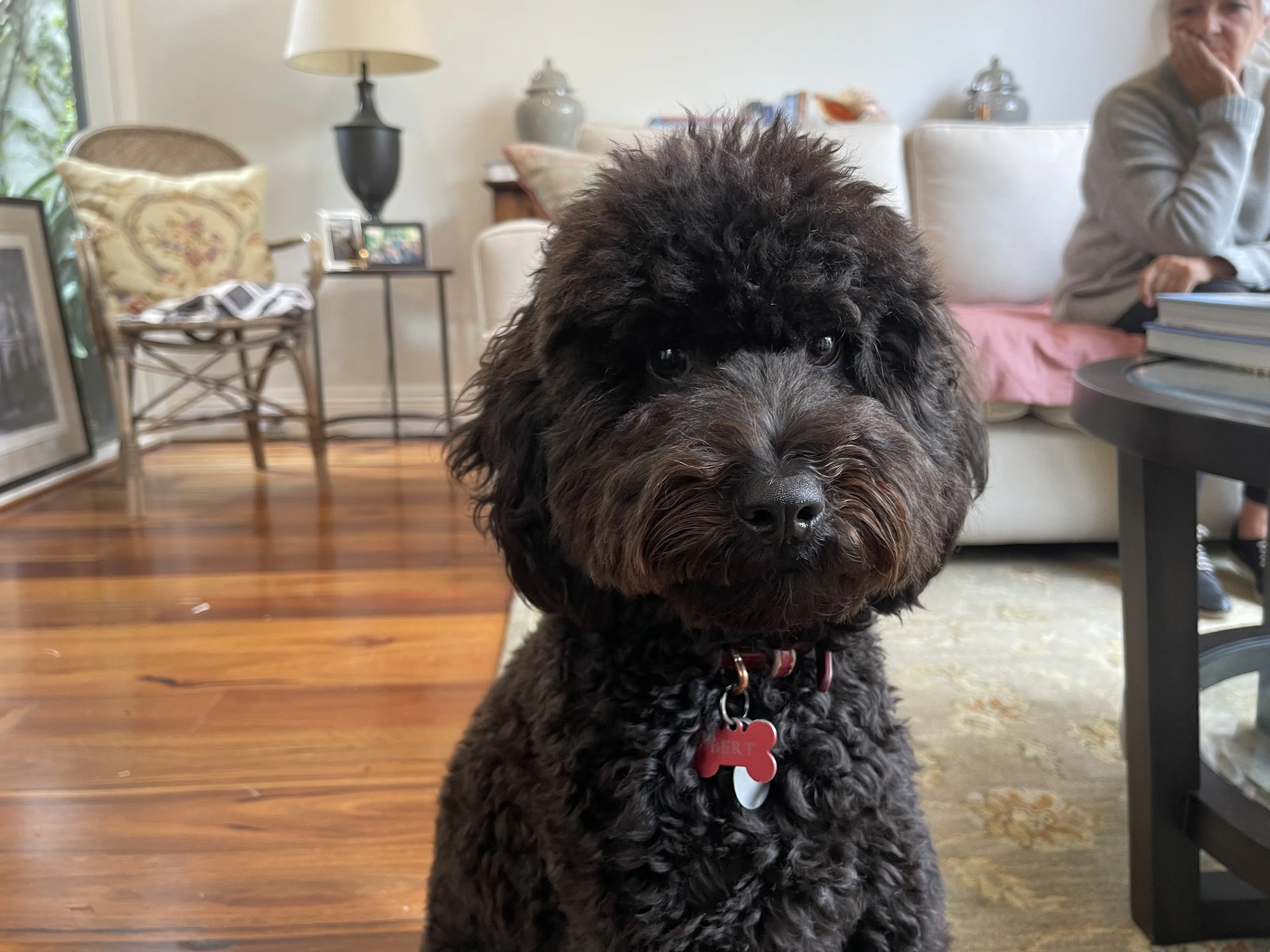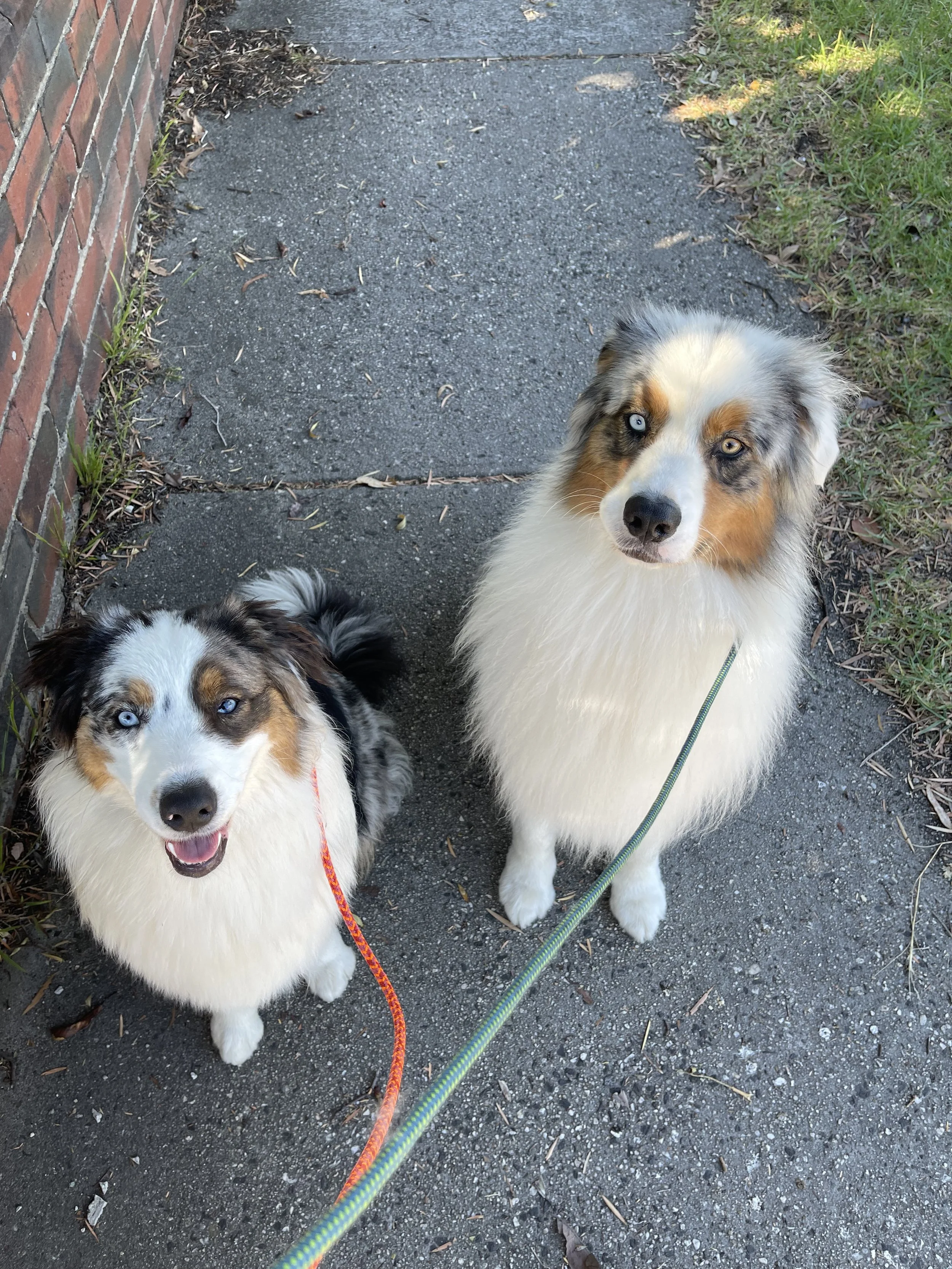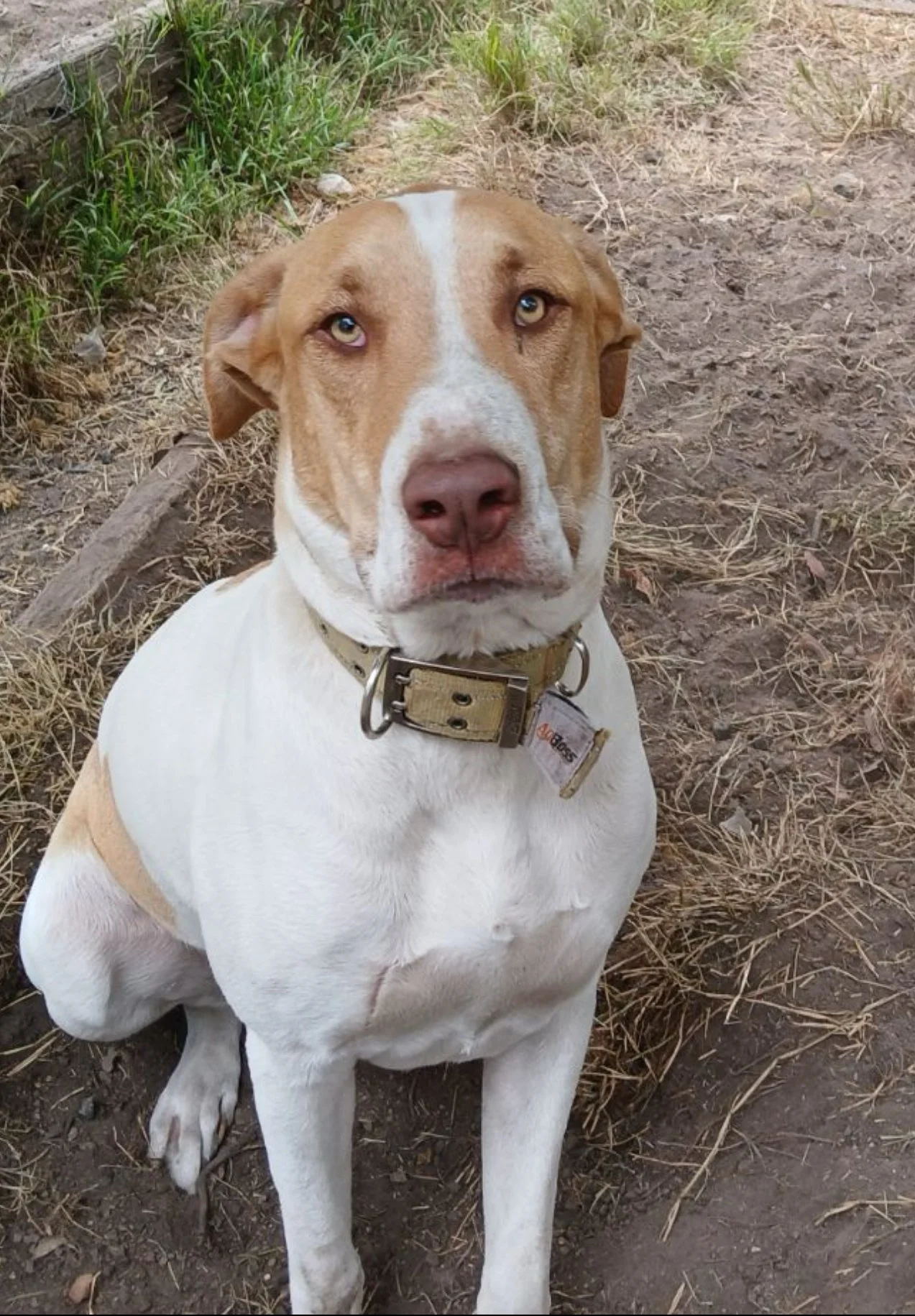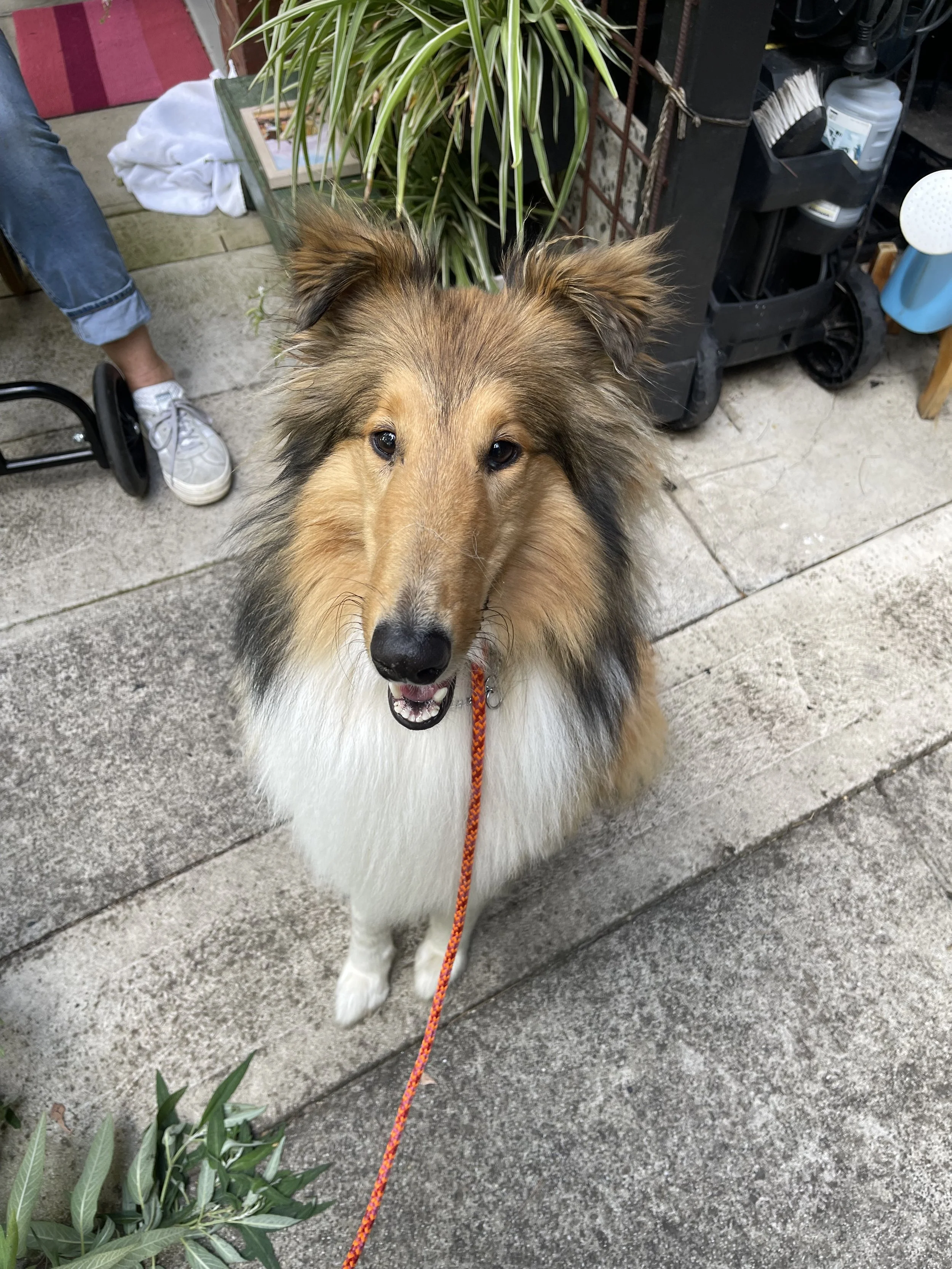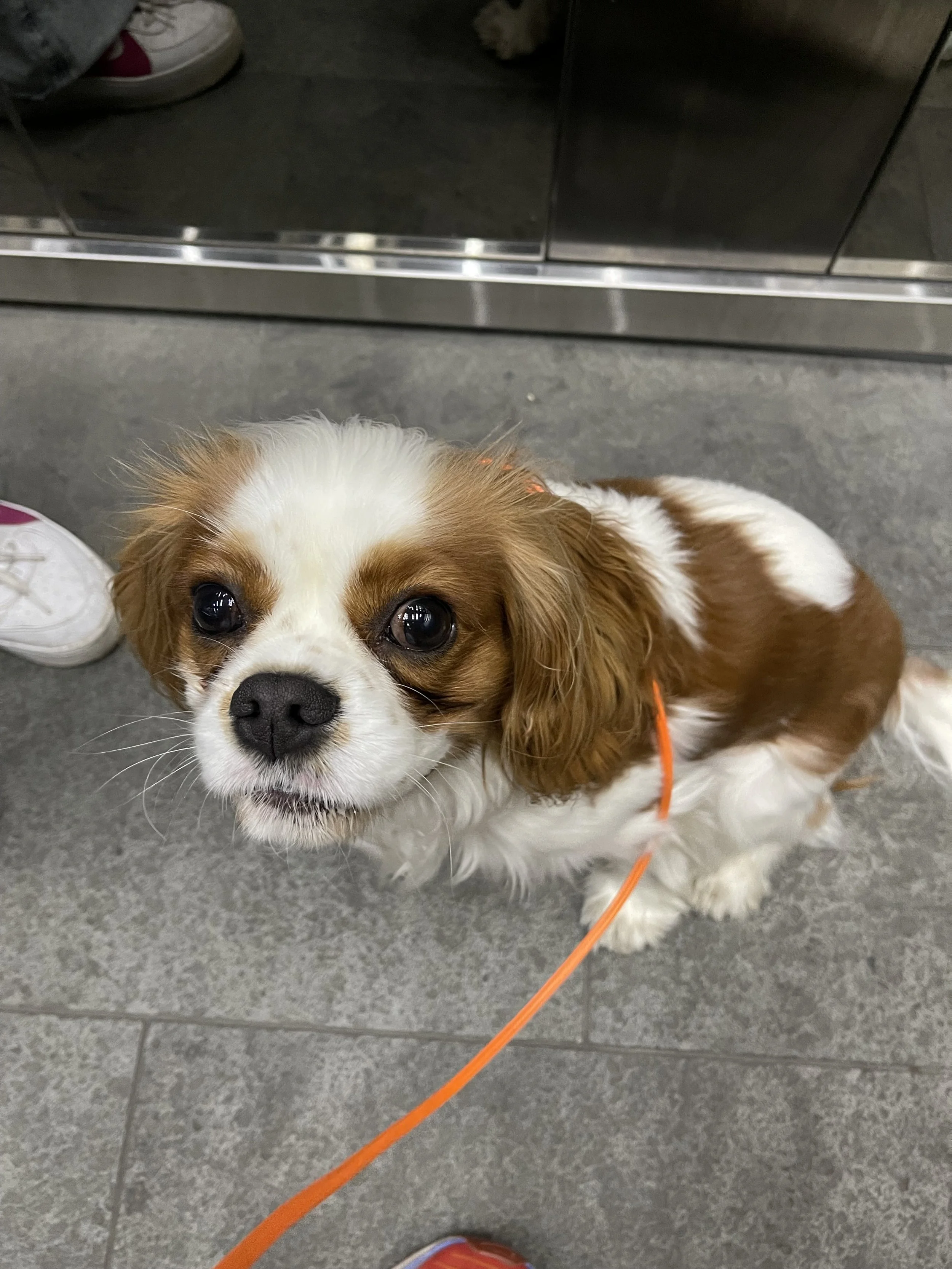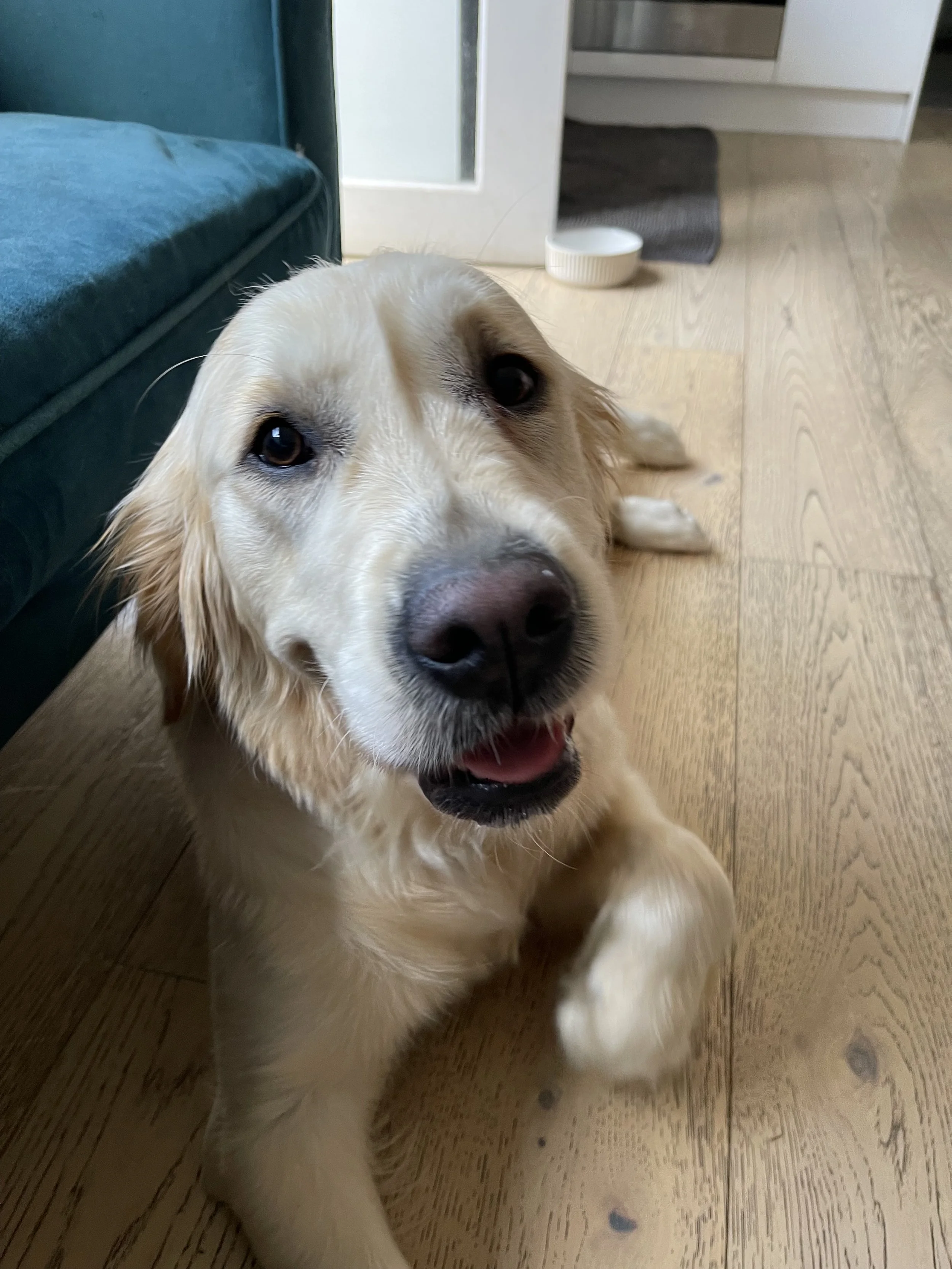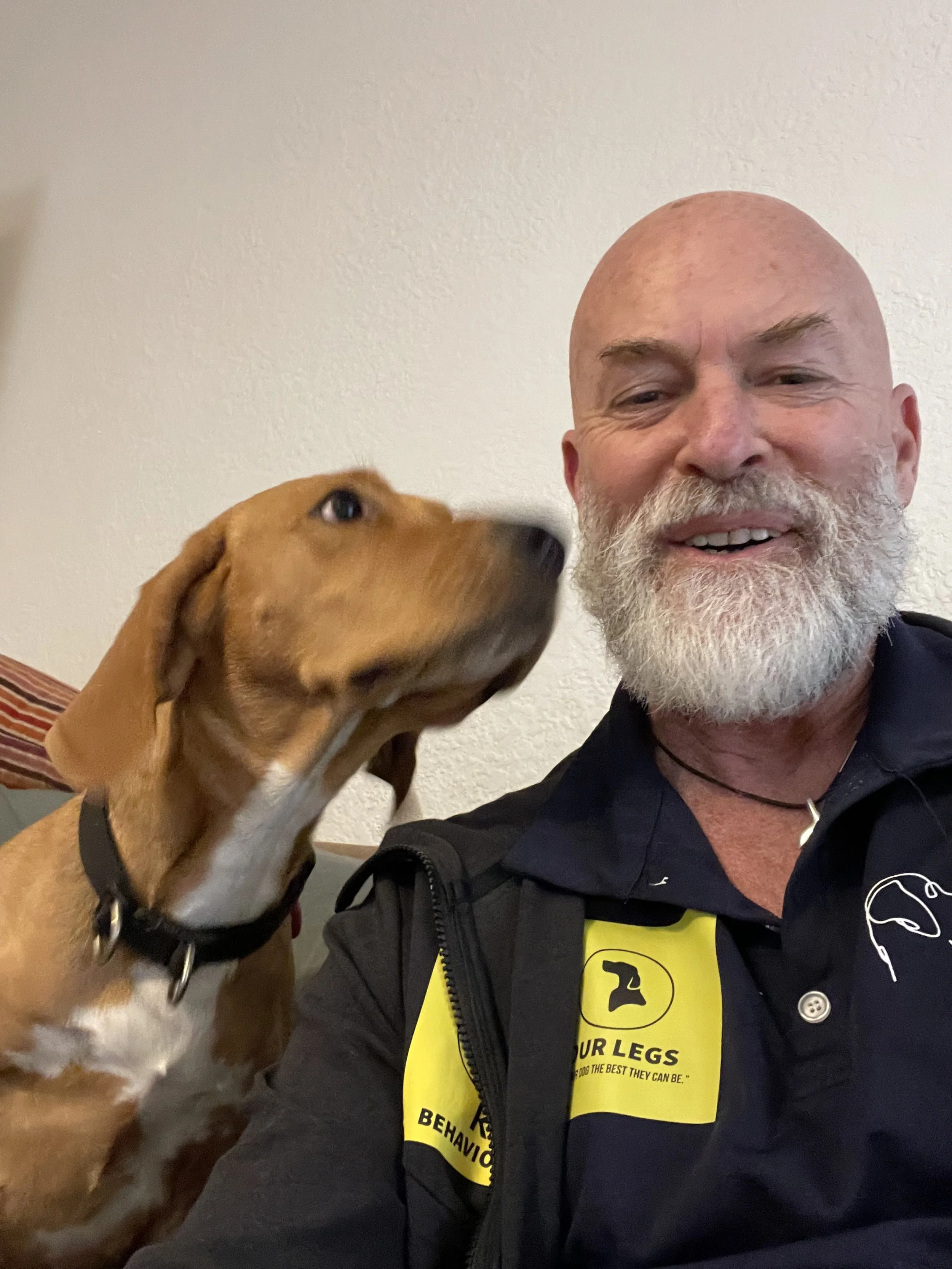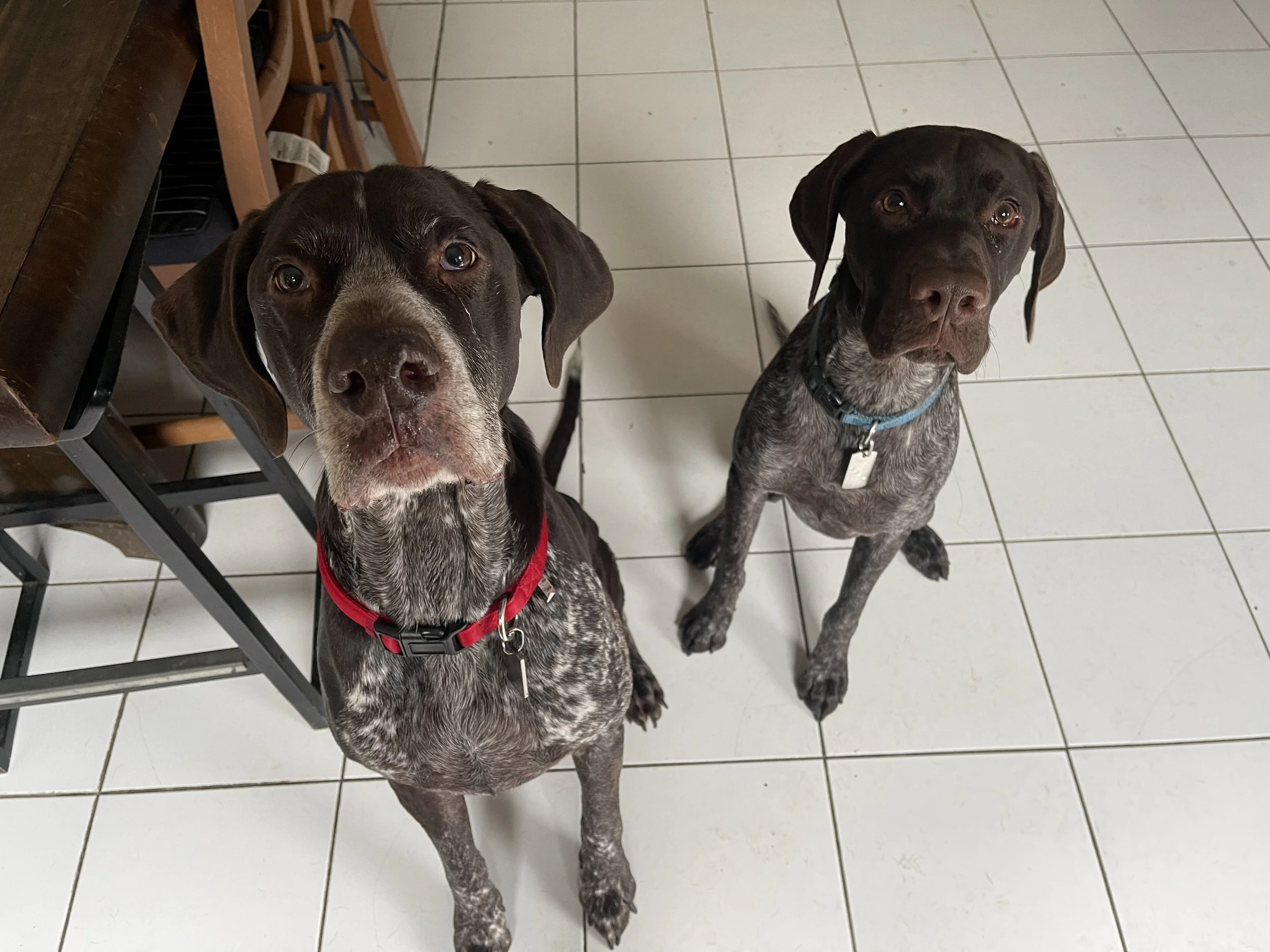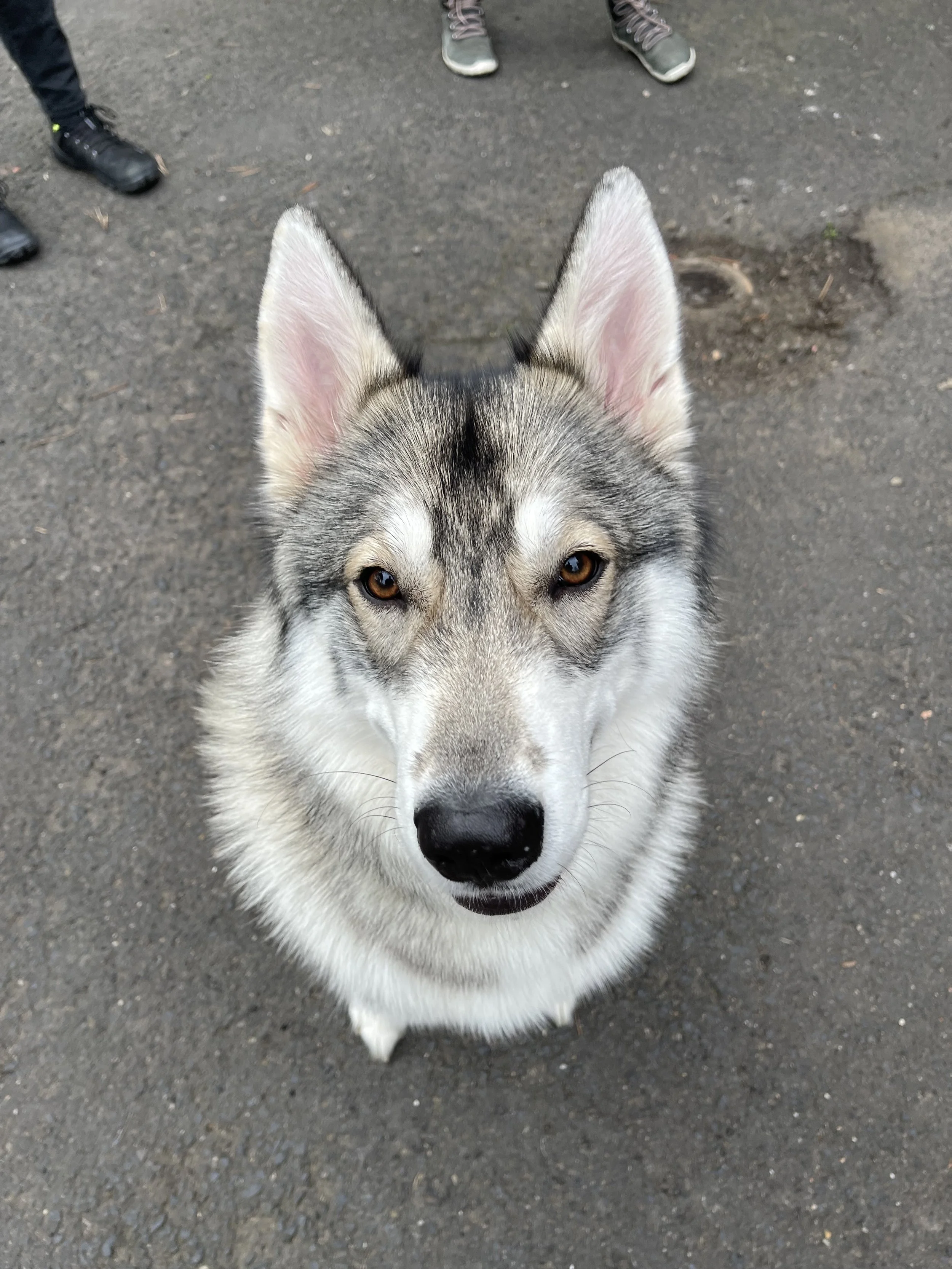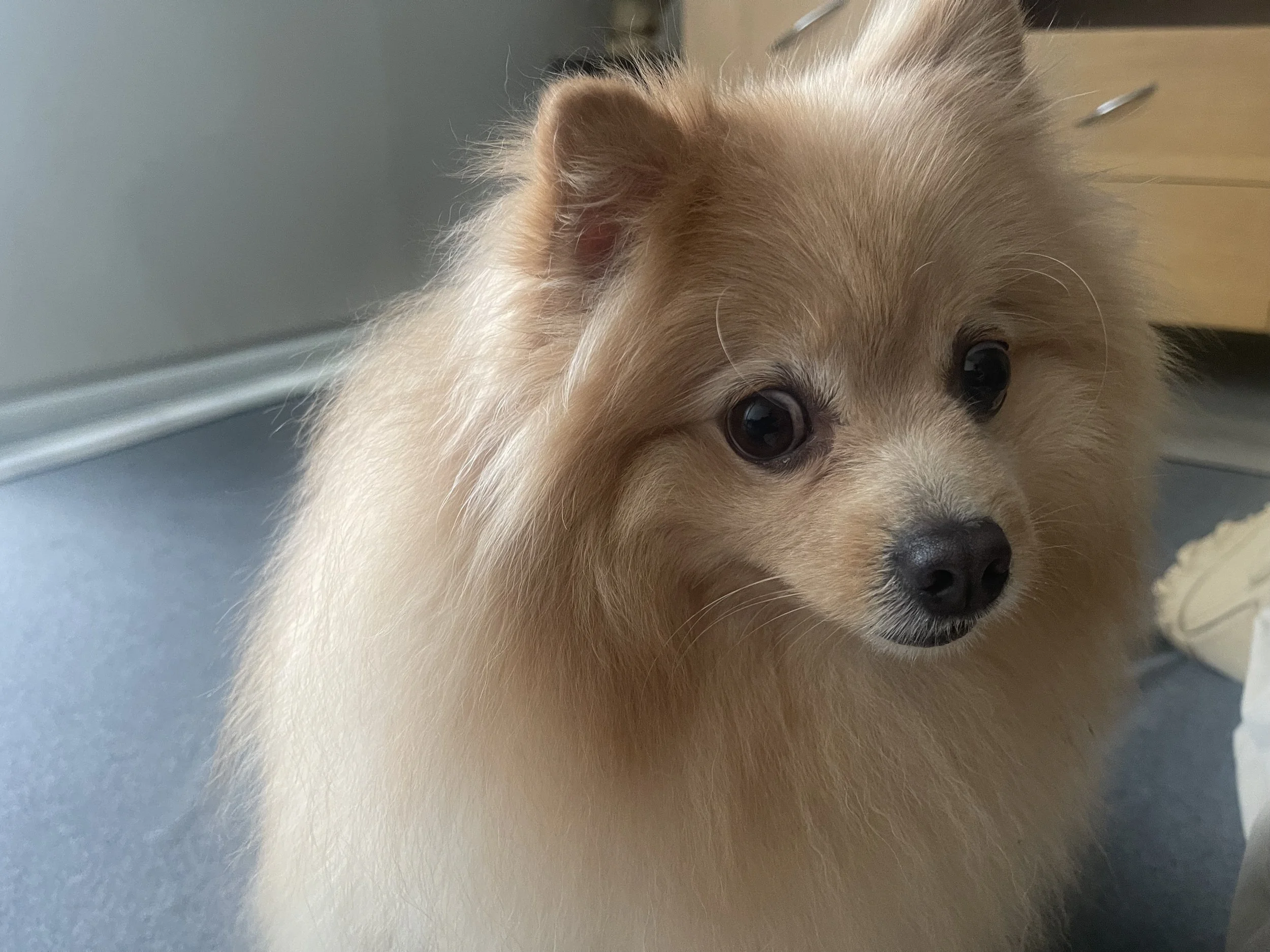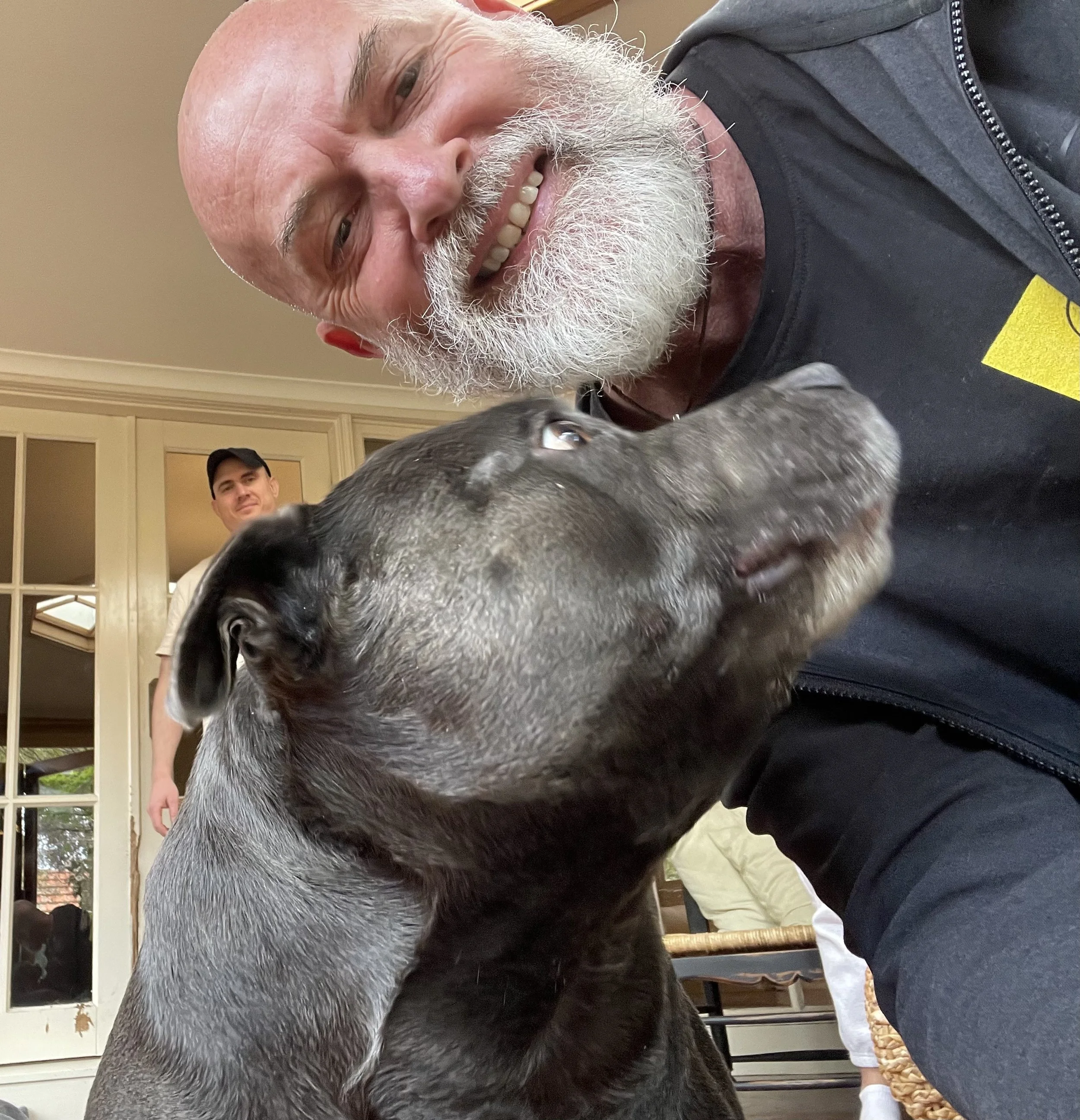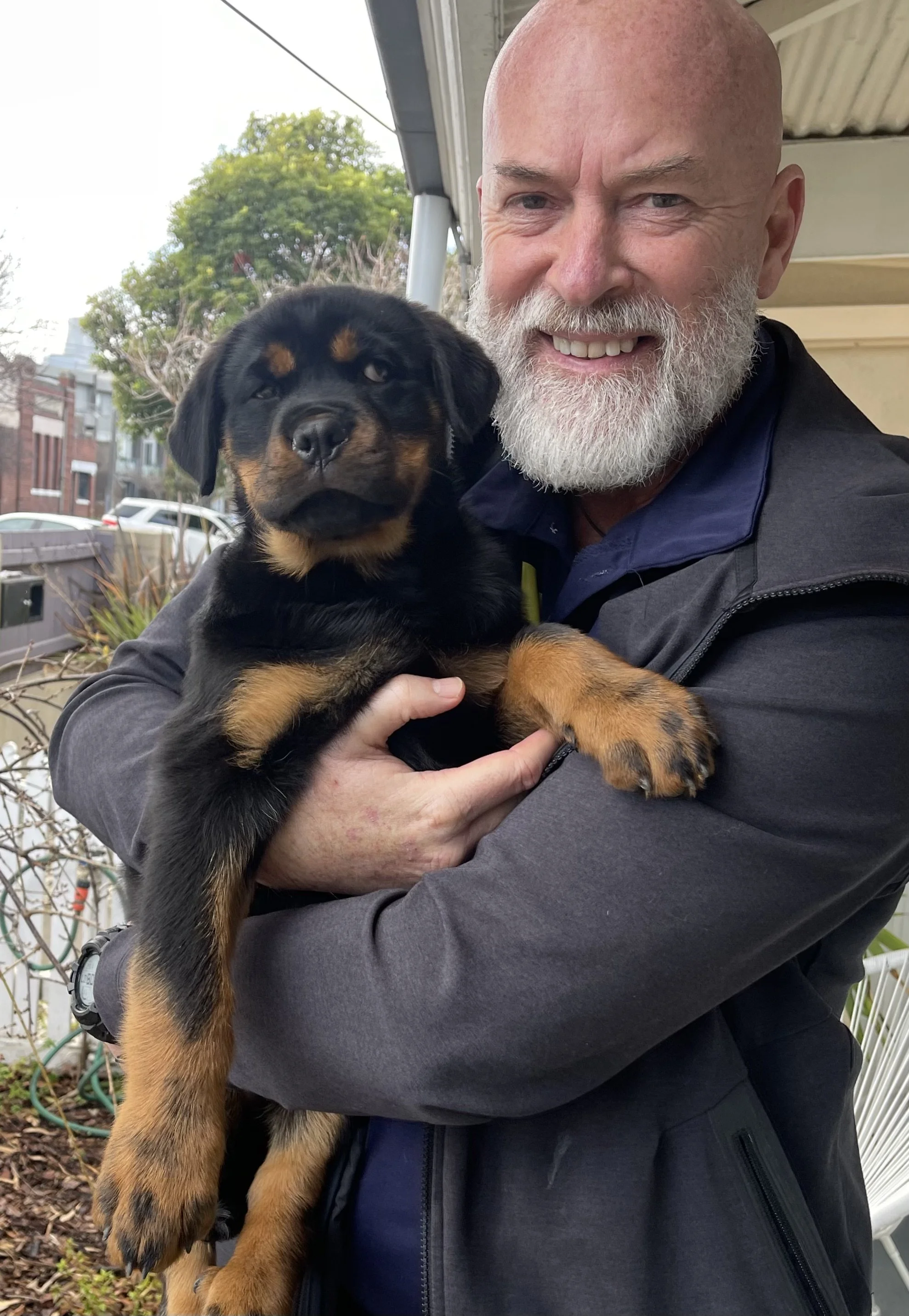Our services.
Dog Aggression Specialist Melbourne
40 Years’ Experience • Trainer of the Year 2025
Dog aggression is one of the most misunderstood behavioural issues in dogs — and one of the most common. For over 40 years, I’ve worked hands-on with more than 45,000 dogs across Melbourne, specialising in all forms of aggression including:
Dog-to-dog aggression
Human-directed aggression
Territorial or protective aggression
Resource-guarding
Fear-based aggression
Anxiety-driven reactivity
Redirected aggression
Leash aggression
Every dog is different — and so is every cause. My job is to uncover why the behaviour exists, address the underlying emotional state, and guide you and your dog safely back to balance.
🧠 Aggression Is a Symptom — Not the Root Problem
Dogs rarely become aggressive “for no reason.”
The cause is almost always:
Fear
Anxiety
Uncertainty
Lack of structure or leadership
Previous trauma
Mixed messages from the owner’s energy
Genetics or breed sensitivity
Aggression is the dog’s final line of communication when all other signals have been ignored or misunderstood. My role is to bring clarity, calm, and a structured plan to help both you and your dog feel safe again.
🐾 A Personalised, Balanced Approach
As a balanced behaviourist, I use fair, calm, clear and structured communication, never relying on treats alone or harsh corrections.
You’ll learn:
How to stop the aggressive behaviour safely
How to change the emotional trigger behind the behaviour
How to walk your dog calmly without fear
How to handle triggers such as dogs, people, bikes, visitors
How your energy, posture, timing, and mindset influence your dog
How to prevent aggression from returning
Your dog learns exactly what behaviour is expected — and what behaviour is not.
🦴 Real Results — Real Dogs
Over four decades, I’ve successfully worked with:
Dogs with a history of biting
Dogs that can’t go near other dogs
Dogs reactive to children, men, or strangers
Rescue dogs with trauma
High-drive working breeds
Small dogs who show outsized reactivity
Whether your dog’s aggression is mild or severe, structured behaviour modification works.
🏆 Trainer of the Year 2025 – Melbourne
Receiving this award reflects my commitment to:
Professional excellence
Real-world results
Helping dogs others have given up on
Educating owners with compassion and honesty
Your dog’s behaviour problem is never “too far gone.”
Dog Anxiety Specialist – Melbourne
Helping Dogs Overcome Anxiety, Fear & Emotional Imbalance Through Proven Behavioural Methods
Dog anxiety is one of the most common — and misunderstood — behavioural issues seen today. With over 40 years of hands-on experience and having been awarded Trainer of the Year 2025, I specialise in identifying the true cause of anxiety and restoring calm, confident behaviour in dogs across Melbourne.
Anxiety is not just “nervousness.” It is a deep emotional imbalance that, if left untreated, can develop into reactivity, aggression, destructiveness, or chronic stress. My approach focuses on understanding the dog’s internal state, their environment, and — critically — the energy of the people around them.
What Is Dog Anxiety?
Dog anxiety occurs when a dog cannot regulate stress or emotional overwhelm. It is influenced by:
Early life experiences
Genetics
Trauma
Human energy and behaviour
Lack of leadership or structure
Environmental instability
Unclear communication
Unresolved fear-driven events
Anxiety often looks different in every dog, which is why a tailored approach is essential.
Common Signs of Anxiety
Your dog may be anxious if they show:
Excessive barking or whining
Pacing or restlessness
Panting when not hot
Drooling
Hiding or avoidance
Hypervigilance (constantly on alert)
Shaking or trembling
Reactivity towards dogs or people
Shadowing you everywhere
Compulsive behaviours
Destructive behaviour
Many owners misread these as “naughty behaviour,” when in reality, the dog is overwhelmed and asking for help.
My Approach to Treating Anxiety
With thousands of anxious dogs rehabilitated over four decades, my method is structured, calm, and highly effective.
1. Identifying the Root Cause
Every dog has a story. Anxiety is rarely random — it always comes from somewhere.
I pinpoint:
Environmental triggers
Emotional triggers
Learned behaviours
Human influence
Underlying fear or trauma
Relationship or leadership issues
Understanding the origin is the first step to lasting change.
2. Correcting the Emotional State
Dogs cannot learn when they are overwhelmed.
I teach the dog to:
Regulate their emotions
Develop trust and confidence
Follow calm human leadership
Stop anticipating threats
Relax in all environments
Balanced training — not force, not bribery — is used to guide the dog into a healthier emotional pattern.
3. Teaching the Owner Their Role
Anxious dogs mirror anxious humans.
I help owners:
Adjust their energy
Use calm communication
Set boundaries
Reduce reinforcement of anxious behaviour
Provide structure and predictability
This is why my work focuses not just on the dog — but on the relationship.
4. A Clear Plan With Real Results
Every consultation includes:
Behaviour assessment
Anxiety profile
Trigger identification
Environmental review
Corrective strategies
Training demonstrations
Owner coaching
Long-term recovery plan
You will understand why your dog behaves this way and exactly how to fix it.
Types of Anxiety Treated
I work with all forms, including:
General Anxiety
Separation Anxiety
Noise Anxiety (storms, fireworks, alarms)
Social Anxiety (dogs or people)
Environmental Anxiety
Trauma-related Anxiety
Rescue Dog Anxiety
Fear-Aggression
Compulsive behaviours
Why Work With Me?
Over 40 years of experience
Trainer of the Year 2025
Specialist in aggression, fear, trauma, and anxiety
Balanced training rooted in psychology, not treats
Over 45,000 dogs successfully helped
Deep experience with rescue dogs
Calm, supportive guidance for owners
Melbourne-based behaviourist trusted across Victoria
Certified in Emotional Support Dog, Assistance Dog, and Service Dog training
Clear, honest feedback — no sugar-coating, no wasted time
I will show you exactly what your dog needs to regain confidence and live a calmer, happier life.
Types of Anxiety I Treat
Using balanced, humane, and proven behaviour-modification methods, I work with dogs experiencing:
• Generalised Anxiety
Dogs who seem “on edge” all the time, or who cannot relax in any environment.
• Fear-Based Anxiety
Linked to trauma, genetics, wrong handling, or poor social experiences.
• Noise Sensitivity & Sound Reactivity
Thunderstorms, fireworks, traffic sounds, household noises, neighbourhood sounds.
• Separation Anxiety
Dogs who panic or become distressed when left alone – a major issue in modern households.
• Environmental Anxiety
Fear of new places, surfaces, smells, people, dogs, vet clinics, or even daily walks.
• Rescue Dog Anxiety
Common in dogs with unknown or traumatic histories.
• Leash-Related Anxiety
Often mislabelled as aggression – usually a fear response.
• Social Anxiety
Dogs who shut down, avoid interaction, or freeze in unfamiliar situations.
If your dog shows any of these behaviours, they are not “being naughty”.
They are asking for help.
Separation Anxiety in Dogs – Melbourne Specialist
40+ Years’ Experience • Trainer of the Year 2025
Separation anxiety is one of the most emotionally difficult behaviours for owners. A dog that panics when left alone is not coping — and often living in constant stress.
The good news? Separation anxiety is fixable with the right structure, leadership, and behaviour modification.
What Separation Anxiety Looks Like
Common symptoms include:
• Barking, whining or howling when left alone
• Destructive behaviour
• Escape attempts
• Clawing at doors or windows
• Panting, pacing or drooling
• Following the owner everywhere
• Not settling when the owner is out of sight
• Shaking, trembling or panic behaviours
Your dog is not being “naughty” — they genuinely cannot cope without you.
Why Separation Anxiety Happens
• Over-attachment to one person
• Insecurity
• Anxiety or fear
• Rescue background
• Traumatic past
• Sudden routine changes
• COVID-era puppies
• Too much freedom, not enough structure
• Owner unintentionally reinforcing dependence
Dogs thrive on structure — and separation anxiety often begins when they never learned independence.
My Separation Anxiety Program
Using balanced, structured behaviour modification, I focus on:
1. Rebuilding independence
Your dog learns to cope calmly without constant access to you.
2. Fixing over-attachment
The emotional bond remains — but the dependency is removed.
3. Changing the pre-departure routine
Dogs learn to remain calm even when they sense you are leaving.
4. Creating a stable, predictable structure
Clear rules and boundaries help the dog feel secure.
5. Teaching coping skills
Your dog learns how to settle, self-soothe and remain relaxed.
6. Coaching the owner
You’ll learn exactly what to do — and what not to do — to help your dog succeed.
Who This Program Helps
• Rescue dogs with trauma
• Velcro dogs
• Dogs with panic attacks when left alone
• Puppies developing early dependence
• Dogs who become destructive or distressed
Book a Consultation
You don’t have to live with the stress of a dog who panics every time you leave.
With the right structure, your dog can learn to be calm and confident.
Book your session today.
🐾 DOG LEASH REACTIVITY – MELBOURNE
Help for Dogs Who React on the Lead
Leash reactivity is one of the most common behaviour problems dog owners struggle with in Melbourne. A reactive dog may bark, pull, lunge, growl, or completely lose focus the moment they see another dog, person, bike, car, or even a small trigger like a noise or movement.
For many owners, walks become stressful or embarrassing — but the good news is that leash reactivity is highly treatablewith the right training approach.
With 40 years of experience, and recently recognised as Trainer of the Year 2025, I specialise in working with dogs who struggle emotionally, mentally, or behaviourally when on the lead.
No matter how young, old, anxious, fearful, or strong your dog is, together we can change their behaviour and restore calm on your walks.
What Is Leash Reactivity?
Leash reactivity is an emotional response that often comes from:
Fear or insecurity
Frustration
Over-excitement
Poor leash handling
Lack of structure
Owner anxiety transferring into the dog
Past trauma or negative experiences
Rescue dog uncertainty
Unclear boundaries
Under-socialisation
When a dog knows they can’t create distance due to the leash, they often react defensively or explosively. This is why many off-lead dogs behave perfectly, but the same dog on a lead becomes a different animal.
Common Signs of Leash Reactivity
Your dog may be leash-reactive if they:
Bark or lunge at dogs or people
Pull intensely toward triggers
Growl or snap
Freeze or stiffen
Become uncontrollable or won’t listen
Panic when approached
Avoid or try to escape
Show fear-based behaviours
Redirect frustration (e.g., biting the lead)
If any of these sound familiar, you’re in the right place.
How I Fix Leash Reactivity
Every dog — and owner — is different, so my approach is tailored, calm, and balanced. My methodology includes:
✔ Correct Assessment of the Root Cause
Most reactivity is not aggression — it is anxiety, fear, or frustration. Understanding the root cause determines the exact plan.
✔ Emotion-Based Behaviour Modification
I work directly with the emotional state of the dog. Fix the emotion → fix the behaviour.
✔ Correct Lead Handling & Owner Guidance
Most owners haven’t been shown how their energy, timing, or handling affects the dog. Simple changes can create massive improvement.
✔ Controlled Exposure Therapy
Your dog learns to cope with triggers safely and calmly.
✔ Confidence Building & Desensitisation
This is essential for anxious or fearful dogs, especially rescues.
✔ Balanced Training Techniques
I am not a purely positive-only trainer — I use methods that are ethical, proven, and tailored to each individual dog.
✔ You Learn the Skills Too
I don’t just fix your dog — I teach YOU how to maintain the behaviour so it lasts a lifetime.
Who This Training Helps
This program is ideal for:
Dogs reactive to other dogs
Dogs who bark or lunge at strangers
Rescue dogs with past trauma
High-energy or working breeds
Fear-based or insecure dogs
Dogs who become protective on-lead
Dogs struggling with Melbourne’s busy walking environments
Owners who want confident, calm walks
Why Work With Me?
With over 40 years working with more than 45,000 dogs, I bring real-world, hands-on experience across all breeds and temperaments.
My achievements include:
Trainer of the Year 2025
Renowned specialist in dog aggression, fear, anxiety, and trauma
Behaviourist trusted by rescue groups, families, and professionals
Balanced trainer using fair, humane, highly effective methods
Melbourne’s go-to expert for complex cases
Your dog is not broken — they just need leadership, structure, and the right energy.
Ready for Calm, Enjoyable Walks Again?
Leash reactivity doesn’t fix itself — and the longer it goes on, the harder it becomes. The good news is that improvement can often be seen in the very first session.
Book Your Behaviour Consultation Now
Let’s create calm, controlled, confident walks for you and your dog.
RESCUE DOG BEHAVIOUR
Helping Rescue Dogs Heal, Settle & Thrive
Rescue dogs are some of the most beautiful souls I work with — but they often carry trauma, fear, confusion, and emotional scars from their past.
With 40 years’ experience, the title Trainer of the Year 2025, and a reputation for transforming even the most complex behaviour cases, I specialise in helping rescue dogs finally feel safe, understood, and confident in their new homes.
Whether your rescue dog is anxious, reactive, fearful, or struggling to settle, I can help you build trust, structure, and long-term behavioural stability.
Why Rescue Dogs Develop Behaviour Issues
Many rescue dogs come from backgrounds where they experienced:
• Neglect
• Abuse
• Trauma
• Lack of structure
• No socialisation
• Rehoming stress
• Shelter or pound overwhelm
• No rules, boundaries, or consistency
• Genetic predispositions to anxiety or reactivity
These experiences shape the dog’s nervous system and energy long before they arrive in your home.
My job is to understand where the behaviour comes from, not simply correct it.
Common Behaviour Problems Seen in Rescue Dogs
With thousands of rescue cases behind me, these are the issues I most commonly treat:
• Fear-based behaviours
Avoidance, trembling, hiding, shutting down, freezing, or refusing to leave the home.
• Reactivity & aggression
Barking or lunging at dogs or people, snapping, protecting space, fear-driven aggression.
• Separation anxiety
Rescue dogs often develop extreme panic when left alone due to insecurity or previous abandonment.
• Hypervigilance
Constant scanning, pacing, barking at noises, difficulty relaxing.
• Resource guarding
Protecting food, toys, people, or space due to past deprivation or insecurity.
• Leash issues
Pulling, freezing, fear reactions, or refusal to walk.
• Attachment disorders
Clinginess, following owners everywhere, panicking if separated.
My Approach With Rescue Dogs
Every rescue dog is unique, but after 40 years of working with them, the foundation is always the same:
1. Build trust first
A traumatised dog cannot learn if it feels unsafe.
I teach owners how to communicate calm, stable energy.
2. Create structure & predictability
Routine lowers anxiety. Clear expectations reduce stress.
3. Behaviour modification tailored to the dog’s history
This may include desensitisation, confidence building, controlled exposure, or correcting dysfunctional behaviours.
4. Teach owners how to lead
Rescue dogs thrive when owners provide calm leadership, not endless comfort.
5. Healing the dog’s nervous system
Many rescue behaviours are rooted in trauma and fear, not disobedience.
My method helps rewire the dog’s emotional response.
How I Work With Rescue Dogs
You’ll learn:
• How to recognise trauma triggers
• How to lower your dog’s anxiety quickly and safely
• How to communicate in a way your rescue dog understands
• How to set boundaries without overwhelming your dog
• How to build confidence and reduce fear
• How your energy influences the dog’s behaviour
• Step-by-step exercises to settle your dog indoors and outdoors
Whether your rescue dog has mild anxiety or significant behavioural challenges, I will guide you through the entire process.



